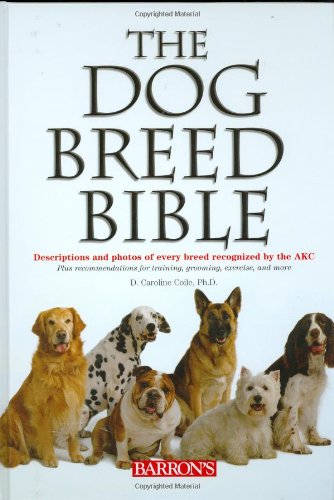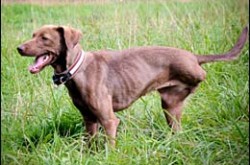
Hair loss not only affects humans but it also affects animals. Everyone wants to have a dog that has a full coat of fur but unfortunately, there are a number of reasons that contribute to a dog losing its fur. Some of these reasons include: allergic reaction, genetic conditions, parasites, etc. however, the main focus of this article will be to discuss one factor that contributes to hair loss in dogs and that is the hereditary causes of dog hair loss. The following are some of the genetic conditions that can predispose a dog to losing its fur.
It is recommended that you first of all investigate whether the real cause of your dog losing its hair is actually due to hereditary conditions. This is because there are other underlying factors that can be as a result of this condition. This is why it is recommended that you visit the vet first in order to get a professional opinion.
Once it has been determined that the cause for hair loss in your dog is due to genetic factors, your vet will advice you on how to care for the pet. Some of the genetic conditions do not affect the dog's health in anyway.
The above has hopefully given you some useful information on how you might tackle hair loss in your dog. However if in any doubt it is suggested you consult with your vet for professional advice, diagnosis and treatment options.
 How to Pick the Perfect Dog Name
What would you call this animal?
Cred
How to Pick the Perfect Dog Name
What would you call this animal?
Cred
 What Kind of Dog Should I Get?
Beagle
Credit: http://commons.wikimed
What Kind of Dog Should I Get?
Beagle
Credit: http://commons.wikimed
 Disadvantages And Advantages Of Dog Boarding Solutions Online
When you possess a pet dog, each day could feel like a vaca
Disadvantages And Advantages Of Dog Boarding Solutions Online
When you possess a pet dog, each day could feel like a vaca
 Dogs and leg amputation
Dogs and leg amputation
Dogs and leg amputation
Dogs and leg amputation
 How to Get Rid of Dog Smell in Your Home
As a pet lover, I have a dog
How to Get Rid of Dog Smell in Your Home
As a pet lover, I have a dog
Copyright © 2005-2016 Pet Information All Rights Reserved
Contact us: www162date@outlook.com